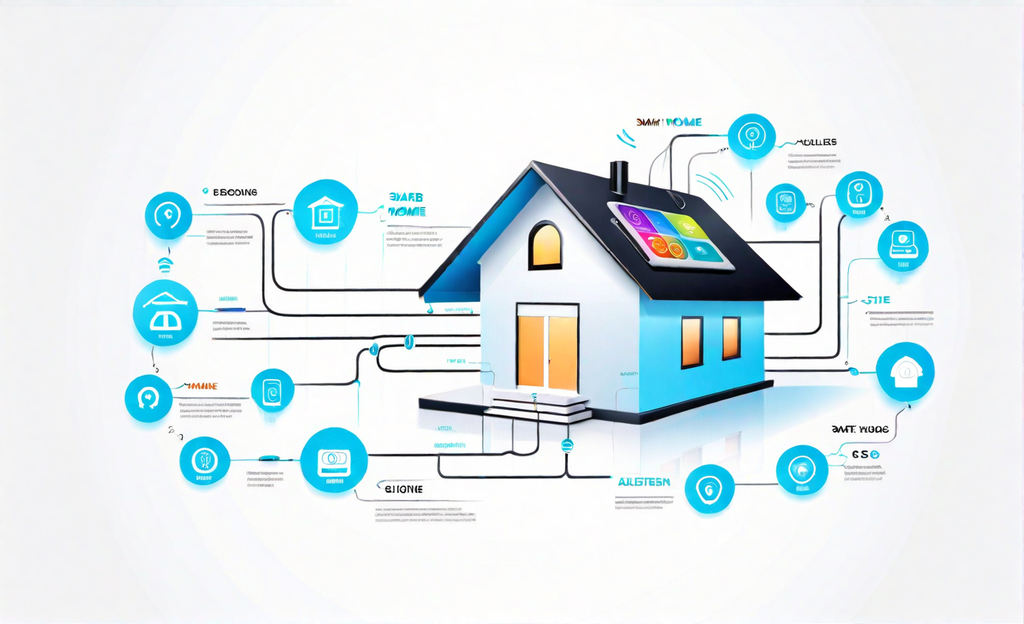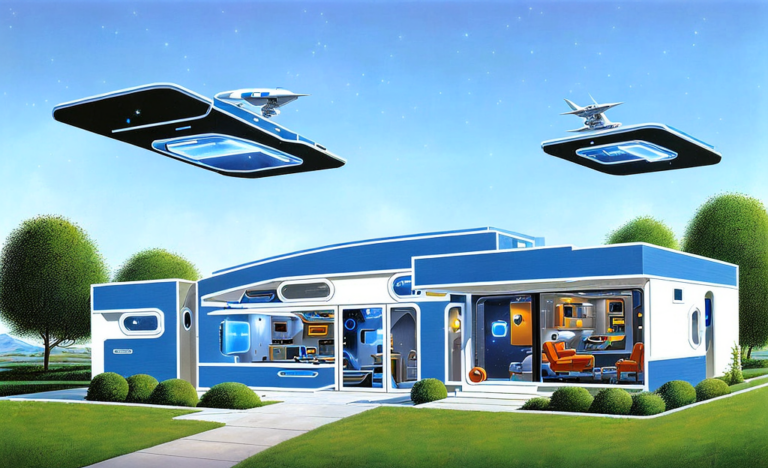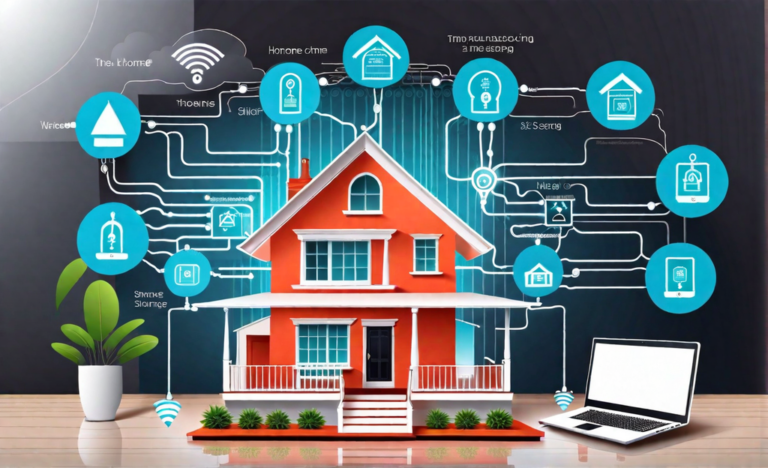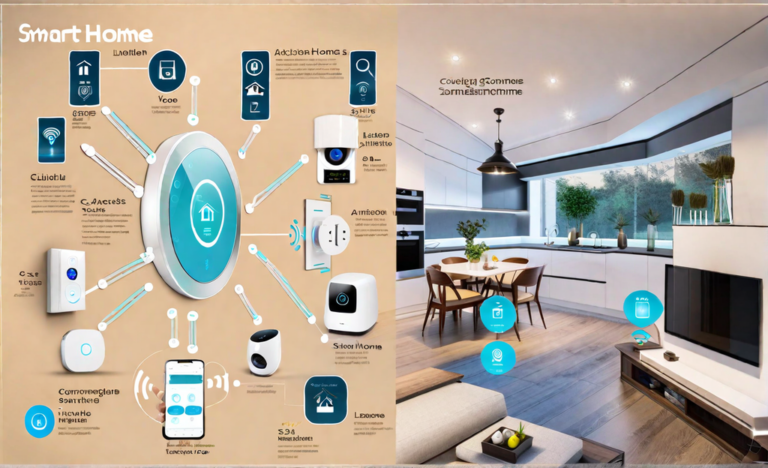Dangers of Having a Smart Home
The concept of a smart home, where devices are interconnected and automated, has captivated homeowners and technology enthusiasts alike. While the allure of controlling your lights, thermostat, and security system with a voice command or smartphone app is undeniable, it’s crucial to recognize the potential dangers that come with this level of automation.
Dangers of Smart Home Technology
1. Security Risks
Smart homes are susceptible to security breaches:
- Unauthorized Access: Hackers can exploit vulnerabilities to gain access to your home’s devices, potentially compromising your safety and privacy.
- Device Tampering: Intruders may tamper with your devices, from changing thermostat settings to unlocking doors.
- Data Theft: Personal data, such as your daily routines and activity, can be stolen and used for malicious purposes.
2. Privacy Concerns
Privacy can be a major concern:
- Constant Surveillance: Smart cameras and microphones can be misused for constant surveillance, raising privacy issues.
- Data Sharing: Companies that manufacture smart devices may collect data and share it with third parties.
- Voice Recordings: Voice-activated devices store voice recordings, potentially exposing sensitive information.
3. Data Vulnerabilities
Data stored on smart home systems can be vulnerable:
- Data Leaks: Inadequate security measures can lead to data leaks, putting personal information at risk.
- Data Breaches: A data breach can have far-reaching consequences, as seen with the compromise of security cameras.
- Data Retention: Devices may store data indefinitely, raising questions about data retention and deletion.
4. Device Vulnerabilities
The devices themselves can have vulnerabilities:
- Lack of Updates: Manufacturers may stop providing security updates, leaving devices vulnerable.
- Weak Passwords: Users may set weak or default passwords, making it easier for attackers to gain access.
- Third-Party Apps: Apps and services that integrate with smart home devices may have their own security flaws.
5. Compatibility Issues
Ensuring compatibility and reliability can be challenging:
- Interoperability: Devices from different manufacturers may not work seamlessly together.
- Service Outages: Internet or service outages can render smart home systems temporarily useless.
- Device Failure: Smart devices can fail, leading to disruptions in daily routines.
6. Dependency and Reliability
Relying on technology can have its drawbacks:
- Dependency: Becoming too reliant on smart systems may leave you vulnerable if they fail.
- Power Outages: Power outages can disrupt the functioning of smart devices and security systems.
- Compatibility and Support: As technology evolves, older devices may lose support and compatibility.
7. Physical Safety
Smart homes may introduce physical safety concerns:
- Remote Control: The ability to control devices remotely may inadvertently create unsafe conditions, like unlocked doors.
- Device Malfunctions: Devices that control heating, cooling, or appliances can malfunction, posing safety risks.
- Safety Hazards: Poorly installed smart devices or cables can create safety hazards.
Mitigating Smart Home Dangers
Understanding the dangers is the first step. Here’s how to mitigate the risks associated with smart home technology:
1. Strengthening Security
- Change Default Passwords: Always change default passwords to strong, unique ones.
- Regular Updates: Keep all smart devices and systems updated with the latest security patches.
- Network Security: Secure your Wi-Fi network with strong encryption and a strong passphrase.
2. Safeguarding Privacy
- Review Privacy Settings: Review and adjust privacy settings on smart devices and applications.
- Minimize Data Sharing: Opt for devices that allow you to limit data sharing with third parties.
- Regular Audits: Regularly audit the devices connected to your network to ensure no unauthorized access.
3. Data Protection
- Data Encryption: Use devices and services that employ strong data encryption.
- Data Deletion: Understand how data is stored and ensure it can be deleted when necessary.
- Data Backup: Regularly back up critical data and device settings.
4. Device Security
- Buy from Reputable Manufacturers: Choose devices from trusted manufacturers with a history of security updates.
- Two-Factor Authentication: Enable two-factor authentication for added security.
- Regular Audits: Continuously monitor device security and address vulnerabilities promptly.
5. Compatibility and Reliability
- Research and Compatibility: Investigate the compatibility of devices before purchasing.
- Backup Plans: Have backup plans in place for essential functions in case of outages.
- Regular Maintenance: Perform regular maintenance and updates on your smart home system.
6. Safety Precautions
- Physical Safety: Ensure all devices are installed safely and securely.
- Disaster Preparedness: Plan for disasters like power outages and have backup power sources.
- Physical Security: Secure your smart devices physically to prevent tampering.
Smart homes bring undeniable advantages in terms of convenience, security, and energy efficiency. However, they are not without their share of dangers, including security vulnerabilities, privacy concerns, and data risks. Recognizing these dangers and taking steps to mitigate them are essential to enjoy the benefits of smart home technology safely. As the world of smart homes continues to evolve, users must remain vigilant in addressing the potential dangers that come with this level of technological integration.






